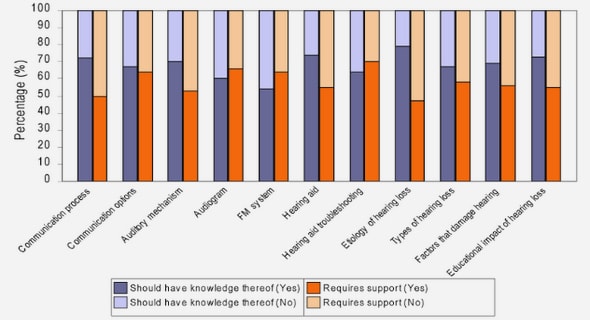(Downloads - 0)
For more info about our services contact : help@bestpfe.com
Table of contents
Introduction
I. From context to coercivity
I.1. History of rare earth permanent magnets
I.2. Intrinsic and extrinsic properties of permanent magnets
I.2.1. Intrinsic magnetic properties
I.2.2. Extrinsic magnetic properties
I.3. Magnetization reversal mechanisms
I.3.1. Coherent rotation: the Stoner-Wohlfarth model
I.3.2. Nucleation vs pinning controlled magnetization reversal
I.4. Nd-Fe-B sintered magnets: fabrication and microstructure
I.4.1. Microstructure of a Nd-Fe-B sintered magnet
I.4.2. Industrial production process: sintering
I.4.3. Application fields and limitations
I.4.4. State of the art: current strategies to improve coercivity
I.5. Micromagnetic simulations and models
I.5.1. Micromagnetic simulations (Landau-Lifshitz-Gilbert formalism)
I.5.2. Micromagnetic and global models
I.5.3. Main results of micromagnetic simulations
I.6. The grain boundary diffusion process (GBDP) in Nd-Fe-B sintered magnets
I.6.1. Benefits of core-shell microstructure
I.6.2. State of the art
I.6.3. Micromagnetic simulations on core-shell structures
I.7. Problematic of the thesis
II. Fabrication of Nd-Fe-B sintered magnets, characterization and numerical methods
II.1. From ribbon to green compact
II.1.1. Strip-casting
II.1.2. Hydrogen decrepitation to coarse powder
II.1.3. Jet milling
II.1.4. From powder to green compact
II.2. Sintering furnace
II.2.1. Sintering heat treatment
II.2.2. Post-sinter annealing (PSA) heat treatment
II.3. GBDP on Nd-Fe-B sintered magnets
II.3.1. Sample preparation for GBDP
II.3.2. Diffusion heat treatment
II.4. Characterization methods
II.4.1. Magnetic characterization
II.4.2. Metallography
II.4.3. Microstructural characterization
II.5. Numerical methods
II.5.1. FEMME software package
II.5.2. Flux 3D software
III. Coercivity of polycrystalline hard magnets
III.1. Introduction
III.2. Study of collective magnetostatic effects: experimental approach
III.2.1. Model for the demagnetization field correction
III.2.2. Experimental protocol and results
III.2.3. Analysis and model improvement
III.3. Study of collective magnetostatic effects: numerical approach
III.3.1. Closed-circuit configuration simulation
III.3.2. Open-circuit configuration simulation
III.3.3. Discussion about collective effects
III.3.4. Experimental validation
III.4. Magnetostatic coupling in heterogeneous magnets
III.4.1. J-H curve of a two-grain-population magnet
III.4.2. J-H curve of duplex magnets
III.5. Conclusions
IV. Experimental and computational study of magnetization reversal in Dy-Co diffused Nd-Fe-B sintered magnets
IV.1. Magnetic properties in the as-sintered state and after post-sinter annealing (PSA)
IV.1.1. Experimental results
IV.1.2. FEMME simulations: sintering vs PSA
IV.2. Magnetic properties after GBDP and post-diffusion annealing (PDA)
IV.2.1. GBDP using intermetallic compound vs eutectic alloy
IV.2.2. Influence of diffusion time on magnetic properties
IV.2.3. Influence of diffusion temperature on magnetic properties
IV.2.4. Influence of PDA on magnetic properties
IV.2.5. M(T) measurements
IV.2.6. Characterization of microstructure and coercivity profiles
IV.2.7. FEMME simulations: core-shell model
IV.3. Conclusions
V. Discussion: coercivity of graded magnets
V.1. Modelling of diffusion profiles
V.1.1. Diffusion model hypothesis
V.1.2. Results
V.1.3. Impact on coercivity profile
V.1.4. Diffusion of Co
V.2. Polycrystalline model applied to Dy-diffused thick magnets
V.2.1. Description of the geometrical model
V.2.2. Results: grain reversal patterns in a graded sample
V.2.3. Results for other diffusion conditions
V.3. Conclusions
Conclusions and prospects
References




